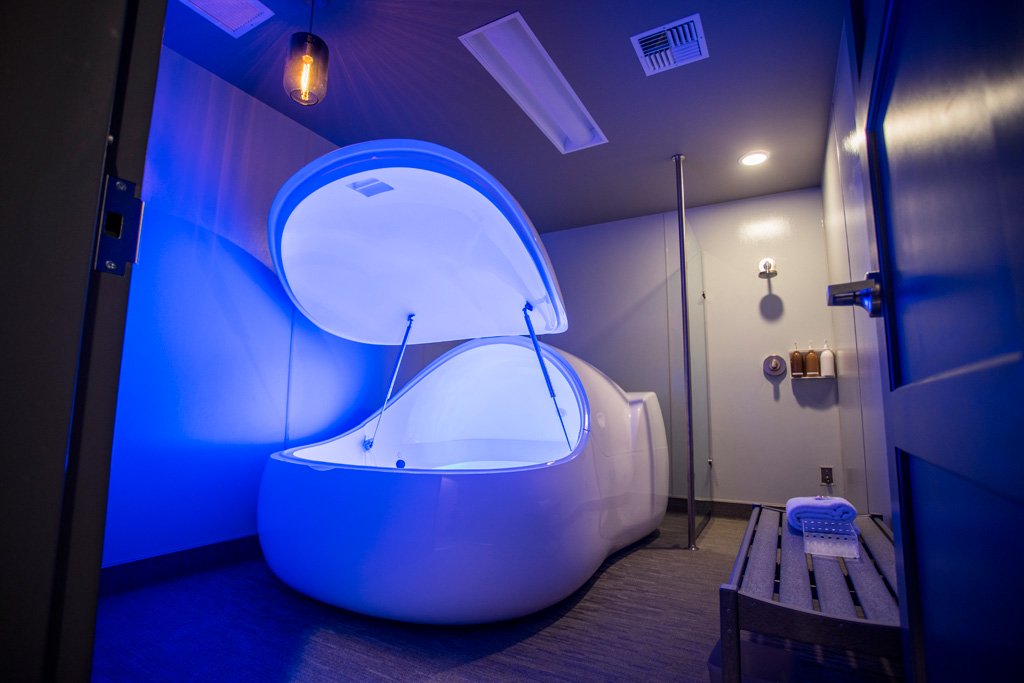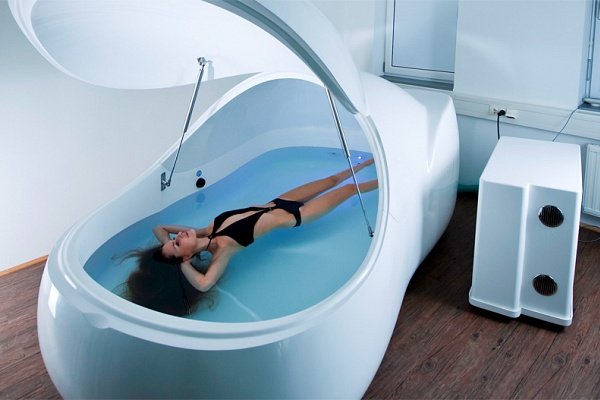14 August 2016, by i-sopod
Floating maximises the benefits of fitness training and workouts. While exercise stimulates muscle growth, the strengthening process itself occurs 30 to 40 hours after the work out. The deep physical relaxation achieved in the float tank can improve circulation and accelerate the growth and regeneration of muscle tissue.
Physical exercise can cause a build up of lactic acid, which is often experienced as pain and cramp in the muscles, and has been linked with the feelings of depression known as ‘post – game letdown‘ which can affect even part-time joggers.
Exciting new research conducted by the Northern Illinois University has confirmed the long held belief that floating resets the body’s chemical and metabolic balance, thus reducing the risk of over training. The study has also shown of a significant reduction (as much as 25%) in blood lactate levels.
Floating has been shown to loosen the muscles and give athletes a greater degree of control over their nervous systems. This reduces the risk of injury during training or competition. Even when injuries do occur, floating not only accelerates the recovery process but also reduces perceived pain levels associated with strenuous exercise.
Modern training methods focus on helping the athlete to master the ‘inner game’, to develop the perfect synchrony between mind, body and emotion which is the hallmark of a champion. In the tank the athlete can attain the level of concentration necessary for visualisation to have a quantifiable impact on his or her performance. This is the hottest new development in sports science.
To quote The Australian Sports Commission float tanks are “remarkably effective for reducing stress and preventing burnout, particularly during or after stressful sporting activities”.






